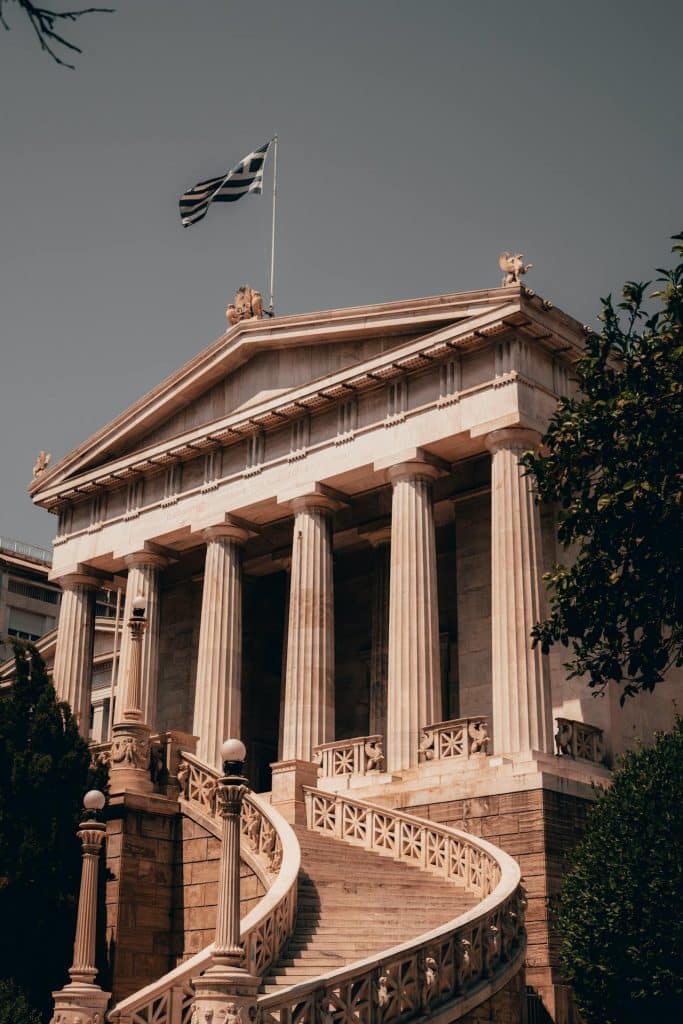The Impact of Memorable Challenge Coins
Challenge coins have long been used to honor and recognize service, achievements, and camaraderie within various organizations. While they began in military contexts, their use has expanded significantly, including among government officials. For government entities, challenge coins are more than just keepsakes; they serve as symbols of public trust, authority, and dedication. Designing memorable challenge coins for government officials involves a careful balance of tradition, symbolism, and creativity. This comprehensive guide will walk you through the essential elements and considerations for creating coins that leave a lasting impression.
1. The Purpose of Government Challenge Coins
Recognizing Service and Achievements
Government challenge coins are often awarded to recognize service, achievements, and contributions to the public good. Whether it’s honoring a long-serving public servant, acknowledging a significant policy achievement, or celebrating a successful event, these coins serve as a formal token of appreciation and respect.
Example: A state governor might present challenge coins to members of the legislature who played key roles in passing important legislation, acknowledging their hard work and dedication.
Fostering Unity and Team Spirit
Challenge coins can also foster unity and team spirit among government employees and officials. By symbolizing shared goals and values, these coins help to build a sense of camaraderie and pride. They are often used to commemorate collaborative efforts and successes, reinforcing the importance of teamwork in government work.
Example: A challenge coin could be issued to all members of a city council and their staff to commemorate a successful community revitalization project, promoting a sense of collective achievement.
Commemorating Special Events and Milestones
Special events, anniversaries, and milestones are often commemorated with challenge coins. These coins serve as tangible reminders of significant moments in the history of a government office or the achievements of its members. They can mark events such as inaugurations, anniversaries of significant legislation, or public celebrations.
Example: A commemorative coin might be created to celebrate the opening of a new state capitol building, featuring the date and imagery of the building itself.
2. Essential Elements of Memorable Challenge Coins
Choosing a Meaningful Theme
A well-chosen theme is the cornerstone of a memorable challenge coin. The theme should encapsulate the essence of the event, achievement, or values the coin is intended to honor. This could be a specific policy initiative, an organizational milestone, or a broader theme such as public service, justice, or integrity.
Example: A coin issued by a justice department might feature themes of fairness and law, using imagery such as scales, gavels, or the department’s seal.
Symbolism and Imagery
The imagery on a challenge coin should be carefully selected to reflect the theme and convey a deeper meaning. Symbols such as national emblems, flags, government buildings, and other iconic imagery can make the coin instantly recognizable and meaningful. The use of heraldic elements, such as shields and crests, can add a sense of tradition and gravitas.
Example: A coin designed for a government agency might feature the agency’s emblem, a representation of the national flag, and a symbol related to the agency’s specific function, such as a torch for education or an olive branch for diplomacy.
Inscriptions and Mottos
Inscriptions and mottos add another layer of meaning to challenge coins. These can include the name of the government body, the date of the event or achievement, and a relevant motto or quote. The text should be concise and impactful, summarizing the coin’s significance in just a few words.
Example: A challenge coin celebrating a successful international treaty might include the phrase “Promoting Peace and Cooperation” along with the date and names of the participating countries.
Color and Material Selection
The choice of colors and materials can greatly affect the visual appeal and perceived value of a challenge coin. Colors should be chosen to align with the theme and symbolism of the coin. For example, blue often represents loyalty and trust, while gold symbolizes honor and excellence. The material of the coin—whether it’s brass, silver, or gold-plated—should also reflect the importance of the occasion.
Example: A high-level government official might receive a gold-plated coin with rich enamel colors, indicating the prestigious nature of the award.
Shape and Size
While traditional challenge coins are round, there is room for creativity in the shape and size. Custom shapes, such as shields, stars, or even buildings, can make the coin more distinctive and memorable. The size of the coin can also vary, with larger coins often reserved for particularly significant occasions.
Example: A challenge coin shaped like a state map could be used to commemorate an event or initiative specific to that state.
3. The Design Process for Government Challenge Coins
Concept Development
The first step in the design process is concept development. This involves brainstorming ideas and determining the key elements that should be included on the coin. Input from multiple stakeholders, including government officials, designers, and relevant experts, can help refine the concept and ensure it aligns with the intended message and purpose.
Example: For a coin commemorating a major environmental initiative, stakeholders might include members of the environmental department, graphic designers, and environmental advocates.
Design Drafting
Once the concept is established, the next step is creating design drafts. These initial sketches or digital renderings provide a visual representation of the coin’s layout, including the placement of imagery, text, and other elements. Multiple drafts may be created to explore different design options.
Example: A design draft might explore different placements for a government building, flag, and motto on the coin, with various color schemes.
Approval and Refinement
After the drafts are reviewed, feedback is gathered, and necessary revisions are made. The design is refined until it meets the approval of all stakeholders. This step ensures that the final design is polished and fully captures the intended symbolism and message.
Example: The final design for a public safety coin might include refined details of a badge, an emblem, and a supportive motto, with approved colors and finishes.
Production and Quality Control
Once the design is approved, the production process begins. The coins are manufactured using high-quality materials and techniques to ensure durability and aesthetic appeal. Quality control checks are conducted throughout the production process to ensure that each coin meets the established standards.
Example: The production of a coin might involve die-casting, enameling, and polishing, followed by inspections to ensure that each coin is flawless.
4. Best Practices for Distributing and Presenting Challenge Coins
Timing and Context
The timing and context of presenting a challenge coin are crucial. The presentation should occur in a setting that reflects the coin’s significance, such as a formal ceremony, a public event, or a private meeting. The context should align with the reason for the award, whether it’s for individual achievement, team effort, or public recognition.
Example: A challenge coin presented to a government official upon retirement might be awarded during a formal farewell ceremony.
Personalization and Presentation
Adding a personal touch, such as a certificate of authenticity or a personalized message, can enhance the significance of a challenge coin. The presentation itself should be dignified and respectful, reflecting the honor being bestowed. The coin can be presented in a display box, pouch, or another appropriate container.
Example: A personalized note from a government leader accompanying a challenge coin can add a layer of appreciation and acknowledgment.
Building Anticipation and Public Awareness
For challenge coins associated with significant events or milestones, building anticipation and public awareness can enhance their impact. Announcements, teasers, and promotional materials can generate interest and excitement leading up to the presentation. Publicizing the presentation can also highlight the achievements and values being celebrated.
Example: A government office might issue a press release or hold a press conference to announce the issuance of a special commemorative coin for a national celebration.
5. Collecting and Preserving Government Challenge Coins
Creating a Collection
For many, government challenge coins are valuable collectibles. Collecting these coins can involve seeking out coins from different government bodies, events, and officials. The collection can provide a unique insight into the history and achievements of various government entities.
Example: A collector might focus on coins from federal agencies, state governments, or international diplomatic missions.
Proper Preservation and Display
Proper preservation and display are essential to maintaining the condition and value of challenge coins. Coins should be handled carefully, stored in a controlled environment, and displayed in a manner that protects them from damage. Display cases, albums, and protective holders are popular options.
Example: A collector might use a glass display case with individual compartments for each coin, ensuring they are protected and can be easily viewed.
6. The Emotional and Historical Value of Government Challenge Coins
Tangible Symbols of Service
Government challenge coins are tangible symbols of service, dedication, and achievement. They capture moments in time and serve as physical reminders of the contributions made by government officials and employees. The emotional value of these coins often extends beyond their material worth, representing personal and collective experiences.
Example: A challenge coin awarded for exceptional public service might hold significant sentimental value for the recipient, symbolizing their commitment to the community.
Preserving History and Legacy
These coins also play a role in preserving history and legacy. They document important events, policies, and milestones, providing a historical record of government actions and decisions. As they are passed down through generations or displayed in collections, they help tell the story of a government’s evolution and impact.
Example: A collection of challenge coins from a governor’s office might chronicle the key initiatives and achievements of their administration.
The Lasting Impact of Memorable Challenge Coins
Designing memorable challenge coins for government officials requires a thoughtful approach that balances symbolism, aesthetics, and purpose. These coins are more than just decorative items; they are powerful symbols of recognition, unity, and history. By carefully considering the design elements and presentation of these coins, governments can create lasting tributes that honor the service and achievements of their officials and employees.
The process of designing, presenting, and preserving challenge coins is a meaningful endeavor that not only celebrates individual and collective accomplishments but also contributes to the broader narrative of public service. Whether collected as memorabilia or cherished as personal keepsakes, these coins continue to hold a special place in the hearts of those who receive them and the communities they serve.
If you are interested in high-quality custom made challenge coins, you can fill out one of our FREE quote forms or call us at 800-335-2403.



